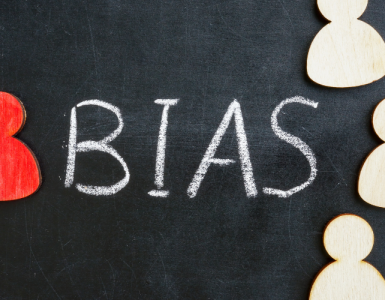Software development is a team effort, but if the collaboration is not organic then it can feel incredibly tiresome. Several stakeholders working together – developers, project managers, DevOps managers, UI UX designers, and QA specialists – must have a sense of shared purpose to convert ideas into digital products. Great development teams have some explicitly identifiable characteristics that we are about to discuss.
At Talent500, we help businesses build-remote tech teams with the right people on board. Working with candidates, companies and technology, we have gained an innate understanding of the critical characteristics of great teams.
This article will share the essential traits that most successful teams feature. We suggest you keep these in mind when making your own team.
Effective Communication
Good communication is a characteristic that all great teams share. Such groups can keep all the team members informed with minimal effort. When developers in the team understand their role, their tasks and the reason behind them, they are more dedicated to the assignment. Effective communication is also essential to create a safe environment for people to share their ideas and concerns without hesitation. Unsurprisingly, 99.1% of employees prefer a workplace where team members identify and discuss issues and ideas truthfully and effectively.
So, how do you ensure effective communication within your team? The answer is simple. It is a combined product of process, communication tools, and good leadership.
Here are some critical questions to answer to understand what works and what doesn’t in your team:
- Are the team leaders setting a good example by showing developers and other team members how to communicate well?
- Are developers told what needs to be done and why?
- Is the leadership taking necessary steps to develop effective communication channels?
Common Goals
Clear, achievable goals are critical for team success. Great tech teams focus on ensuring that everyone knows the plan of action and what they are working towards. Because when that happens, those involved are more likely to feel motivated and engaged.
The worst structure a team can have is a heavy top-down flow, i.e only the managers are aware of the goals while the rest of the team isn’t. It is a proven fact that great teams have a shared mission and each individual has a sense of responsibility. When everyone is invested in the team’s success, overcoming challenges becomes much more manageable.
One way to create a sense of shared responsibility is by allowing each team member to set their own plan of action towards the common goal. Do ensure everyone understands the accountability towards what they are trying to achieve.
Strong Culture
When there is mutual trust and understanding between team members, it brings a sense of community. By establishing a strong culture within your team, you can easily keep their morale high. One way to do that is to indulge in rapport-building activities like assigning nicknames, creating rituals, and sharing inside jokes and memes.
It should be noted that strong team culture builds over time and can’t be enforced. Putting people with compatible personalities together in a team will help encourage a progressive work culture. This is where the discretion of the team lead comes into play, as they are responsible for evaluating people’s personalities and mixing suitable profiles into the same team.
Independence
Independence allows teams to make decisions more quickly and remain focused without intervention. Every team lead or manager should take a hard look at their company culture to identify any factor that hinders the formation of self-contained teams.
Also, companies with a strict top-down control seldom have great teams, as they leave no scope for teams to experiment or develop an internal culture to work together and face challenges. Top-down control also creates internal obstacles that cause a struggle to achieve goals. One should always work towards creating a sense of independence where people might work as self-contained units, yet have a shared role structure where individuals possess the skills to build products without depending on external resources.
Conclusion
Great teams work when an organization has the right environment. A regular review of the company culture is necessary to understand whether the internal teams are happy or not. If your company struggles to build and maintain great teams, look for opportunities to influence the development of the above-listed traits in teams.
Talent500 is the platform for hiring, building, and managing high-impact remote engineering teams. Join our elite pool of talent today to work with the best companies.






Add comment